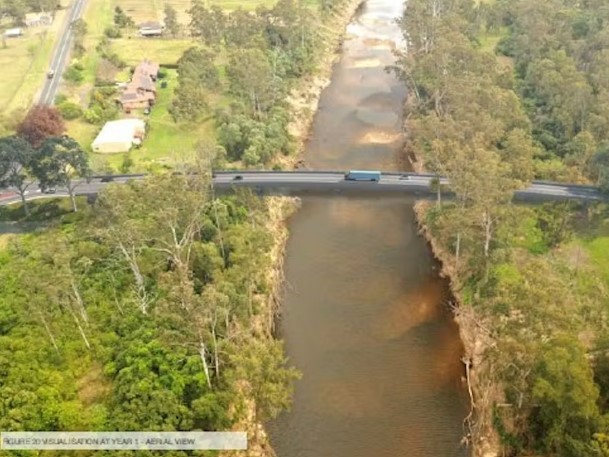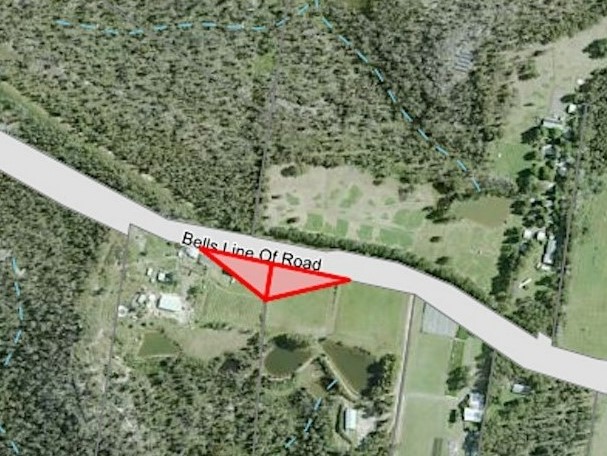In Japan, the Greens are a fledgling party – and they’re fighting an uphill battle. We speak to a Greens councillor in the region about the future of the Greens Japan.
This past March marked the eighth anniversary of the Fukushima nuclear meltdown disaster.
In this interview conducted by the Global Greens, Ikuko Hebiishi, a Greens city councillor for Koriyama in Fukushima, tells us it’s going for the Greens in Japan now.
Watch the video to hear more from Ikuko, and for a touching personal story about what it was like to live in Fukushima both in 2011 and today.
Some basics about the Greens Japan:
Party founded: July 2012
Membership size: 420 party members, 560 of its supporters
Representation in public office: 32 city councilors of the party members, 36 city councilor of its supporters
Priority campaigns in 2019: Hopes from locals for a sustainable society (campaign for nation-wide local elections)
How is it going for the Greens in Japan now?
Following the 2011 east Japan earthquake and the subsequent Fukushima nuclear power plant disaster, the Greens Japan was founded in 2012 from networks of ecologist city councillors as well as about one thousand Green political activists.
In 2013, the Greens Japan contested the national elections for the first time, however no candidates were elected.
A challenge currently experienced by the Greens Japan is that our membership has a reduced number and the average individual age of members is relatively advanced. Nevertheless, the party is active in many environmental and anti-nuclear campaigns.
What are your party’s current main political objectives, topics and activities?
The party’s priority is denuclearisation, support for Fukushima victims, reduction of energy use in Japan and promotion of sustainable energy.
A secondary topic of importance for us is to ensure that Japan’s constitution remains grounded in the preservation of peace. Related to that mission, we protest against the development of the new United States military base in Okinawa-Henoko.
A third priority is to take action to address climate change in general and stopping coal thermal generation in particular.
A fourth priority is gender equity, especially increasing female representation in national and local parliament. Currently, only 10% of political speakers are female.
How is Greens Japan different from other parties in Japan?
A primary difference is that the Greens are the only party whose ideology is not based on the pursuit of economy growth. Although communists and socialists join the Greens in appealing for sustainable energy (anti-nuclear), peace and justice, they differ from the Greens in that they place economic growth as a primary political goal.
Secondly, the Greens prioritise gender equity and have implemented a gender quota system in our own party representation.
We also differ in how the we practice participatory democracy in our politics, and with our connection to the Global Greens.
How has the Fukushima nuclear disaster affected life in Japan? How has it affected the Green Party?
The Fukushima disaster raised tremendous attention among Japanese about the dangers of nuclear power. Many Japanese want denuclearisation and Greens Japan are the frontrunners of the campaign.
However, the current Japanese government administration is trying to restart nuclear reactors that were stopped after the Fukushima nuclear meltdown. They want to force evacuated families to return home by cutting public support for them. So Green activists are very busy!
What successes has the party had which you’d like Greens elsewhere to know about?
First is our anti-nuclear campaign. Thanks to the Greens and other anti-nuclear activists, Prime Minister Abe failed in all his nuclear ‘top sales’ attempts to export nuclear power technology.
Second is gender equity. The Greens Japan offers a good example of a successful gender quota system in its representation and board membership. Finally, in May last year, a law for promoting gender equality in politics passed in the Japanese legislature.
The Greens Japan’s strong point is having 68 city councillors and province congresspersons among our members and supporters. Both ordinary party members and councilor members are leading in various civil activities, as well as in unifying groups to run against the current administration’s ruling parties.
What is the voting system in Japan? What are the requirements for a minority party to get elected? And how has that affected Greens Japan?
The majority of Lower House electorates have a single seat. So it is almost impossible for a small party like the Greens Japan to win a seat.
In order to run for nation-wide proportional electorate of the Upper House, the party must have 10 candidates. This is awfully difficult because each candidate is required to deposit 6 million yen (about US$55,000 or 50,0000 EUR per candidate) for a proportional electorate, and 3 million yen (about US$27,000 or 25,000 EUR) for each single/multiple electorate candidate.
Actually, when the Greens Japan challenged the Upper House election in 2013, we needed 57 million yen (US$570,000) only for deposits, and we spent 100 million yen (1 million dollars) in total for the campaign. We are taking legal action against this expensive election deposit.
What next elections will the Japanese Greens be running candidates in?
As mentioned above, it is difficult for us to challenge again national elections. While we try to reform the election system in the long run, in the short run we are devoting ourselves to increasing municipal and provincial representation.
Do you collaborate with other Green Parties in the region? Which parties do you collaborate most with?
We are engaged in a joint anti-nuclear campaign on the Fukushima anniversary.
How would you like to utilise the Global Greens community? And how would you like to interact with other Green parties?
Global Greens is the place where we can reconfirm that Greens are ‘sans frontier’ – because the problems we are facing are global. Green parties have the most advantage in the sense that we can work together across borders. Global Greens is the symbol of global collaboration of Greens – so when we show Global Greens, we show a new age of political parties.
What would you like to see the Global Greens to be like in five to 10 years’ time?
We want to see many Green congresspersons, mayors, governors and ministers in different countries who lead to combat global climate change and realise sustainable societies.
This article was originally published on GlobalGreens.org.







